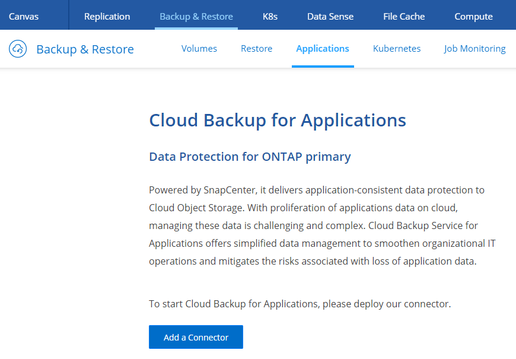Your databases hold your company’s most critical assets, including customer information, corporate financials, human resources information, and other critical data sources. In today’s constantly connected global business environment, you need a cost-effective and reliable strategy for protecting your data from disasters. Good data protection practices require keeping usable business-critical backups offsite. This has traditionally been implemented by writing backups to tape and storing the tapes offsite.
The overall pricing and operational characteristics of cloud object storage like Amazon s3 and Azure Blob make it a compelling alternative to shipping tapes offsite. Good cloud infrastructure offers storage redundancy, security, availability, and scalability with a geographic distribution that allows it to absorb a broad range of adverse events with minimal to no loss of availability. Amazon Web Services (AWS) is the first cloud vendor that Oracle has partnered with to directly write RMAN backups to Amazon S3 object storage using the Oracle Secure Backup Cloud Module. It is an additionally licensed module (based on number of channels) that enables the RMAN SBT interface to write the backups to Amazon S3 or S3-compatible storage like NetApp StorageGRID. Check out this blog to see the detailed steps on how to configure RMAN backups to StorageGrid.
However, the only objection to over-the-network cloud backup using Oracle RMAN is that limited network bandwidth can slow the transfer of large volumes of data and might sometimes generate additional CPU stress on the database host. The best approach to meet your offsite backup objectives would be to replicate only the changed data safely and efficiently via incremental forever snapshots to a cloud object store. NetApp can address this requirement using SnapMirror Cloud APIs. The APIs for SnapMirror Cloud are integrated with both NetApp System Manager and NetApp Cloud Backup service. This configuration serves two purposes; if you would like to script/automate manually and manage the replication of snapshots to a Cloud object store on your own, then System Manager can help. If you want a complete service that automates everything including application coordination and consistency, then NetApp Cloud Backup service is the best solution.
Cloud Backup for Applications is available for customers today, and the first version of this release supports both Oracle and Microsoft SQL server.
How does Cloud Backup Service for Applications work?
In Cloud Manager, we have introduced a new tab under Backup & Restore called Applications.

If you are new to NetApp Cloud Manager, you must first deploy a new cloud connector and enable the Cloud Backup for Applications. If you are using Cloud Manager and already have connectors deployed in Azure/AWS, then you do not see the Add a Connector screen. Instead, you enable the service and register a SnapCenter server for offsite protection.

The Backup to Cloud Object Store functionality in Cloud Backup for Applications is designed to integrate with a NetApp SnapCenter server to replicate database backups to an offsite destination. The first step in Cloud Backup for Applications is to register your SnapCenter server. This automatically lists the eligible Oracle databases by filtering the ones that are already protected within SnapCenter. The last step is to activate backup for the databases by associating any pre-canned policies. Check out this demo for more details.
What's Next?
For more information, check the NetApp documentation or contact us here. You can reach us directly at ng-cloudbackup-team@netapp.com for any product related queries or other feedbacks.